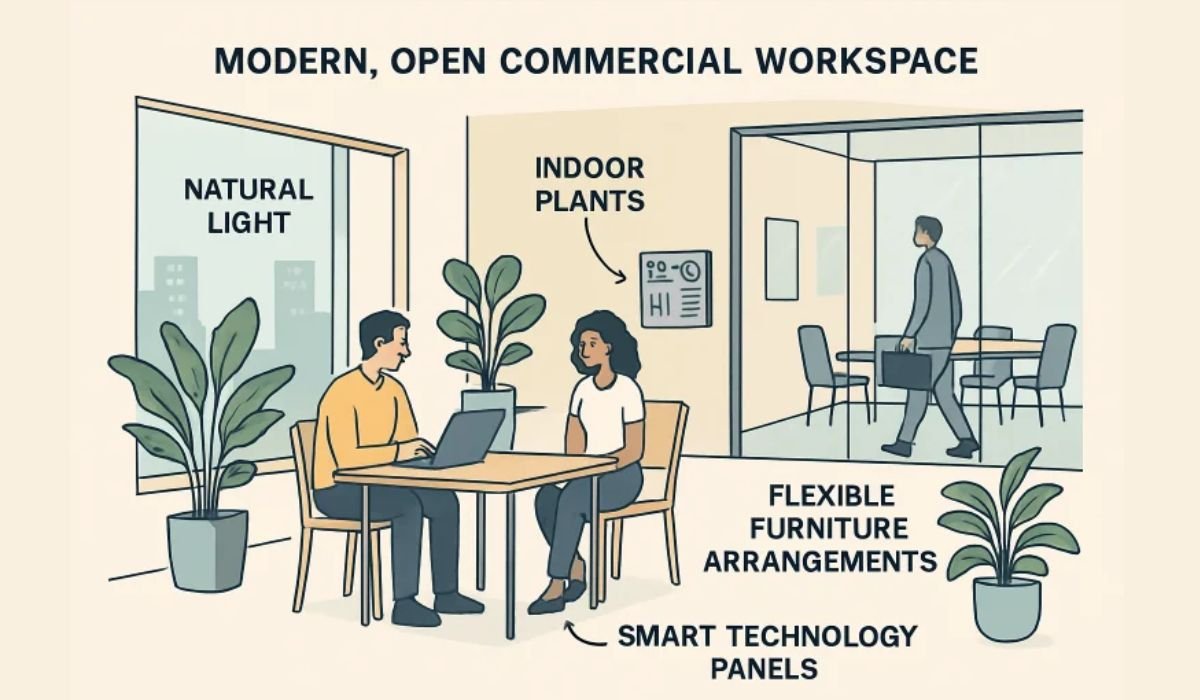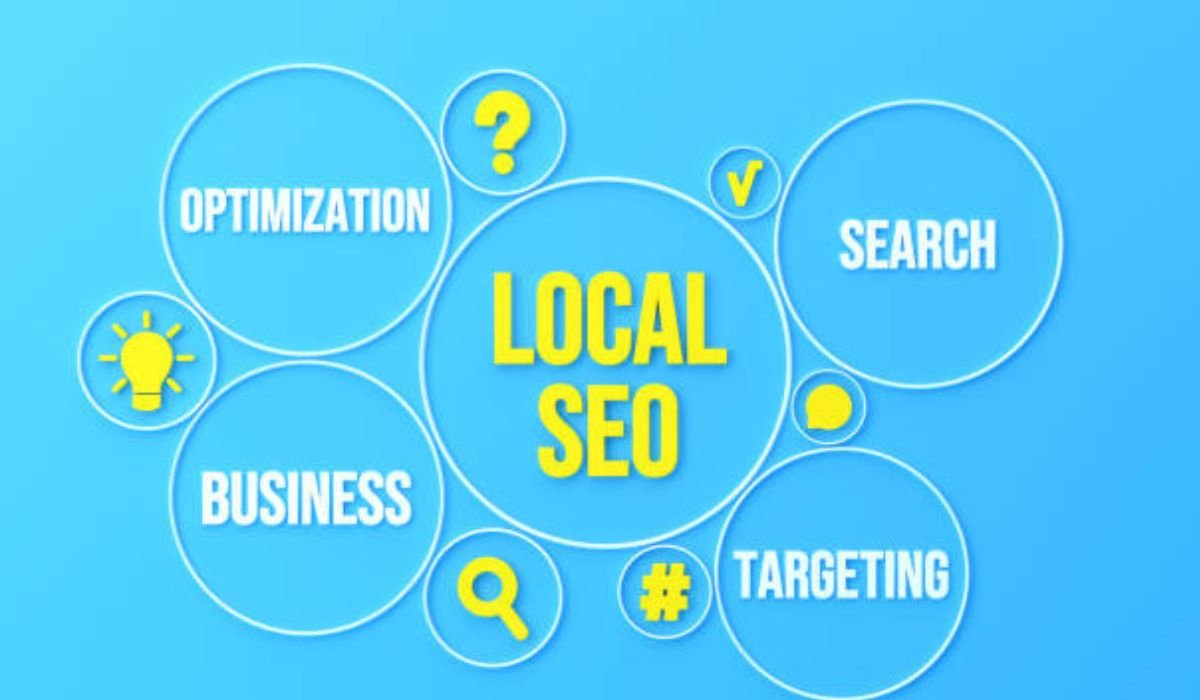When it comes to financing a fix-and-flip or rehab property, choosing between short-term and long-term rehab financing is one of the most critical decisions you’ll make as an investor. Both options come with their own set of advantages and challenges, and the right choice depends on your investment goals, timeline, and financial situation. Understanding the differences between short-term and long-term financing can help you make an informed decision that aligns with your project and profitability expectations. This article will explore both options and offer guidance on which is best suited for your needs.
What Is Short-Term Rehab Financing?
Short-term rehab financing, often provided by hard money lenders, is designed to offer quick access to capital for investors looking to purchase, renovate, and sell a property within a short timeframe, typically 6 to 24 months. Hard money loans are asset-based, meaning lenders focus on the value of the property and its after-repair value (ARV) rather than the borrower’s credit history or financial standing.
Pros of Short-Term Financing
- Fast Approval and Funding: Hard money loans offer quick approval, sometimes within days, which is crucial for investors looking to close on a property quickly in a competitive market.
- Flexibility: Lenders are often more flexible with approval criteria, focusing on the property’s potential rather than the borrower’s credit score or income level.
- Short Repayment Period: For investors planning to fix and flip a property, the short repayment period aligns with the goal of quickly selling the property and repaying the loan, minimizing long-term debt obligations.
Cons of Short-Term Financing
- Higher Interest Rates: Short-term rehab loans typically come with higher interest rates than conventional loans, often ranging from 8% to 15%, which can increase the overall cost of the loan.
- Balloon Payments: Some short-term loans require a large balloon payment at the end of the term, meaning investors must be prepared to pay off the remaining balance in one lump sum.
- Strict Deadlines: The short loan term means that investors must complete renovations and sell the property quickly. Any delays in the project can result in higher costs and financial pressure.
What Is Long-Term Rehab Financing?
Long-term rehab financing is typically offered through conventional lenders or government-backed programs like FHA 203(k) loans. These loans are designed for investors or homebuyers planning to purchase a property, renovate it, and either hold onto it as a rental or live in it themselves. The loan term can range from 15 to 30 years, providing more time for repayment.
Pros of Long-Term Financing
- Lower Interest Rates: Long-term loans generally offer lower interest rates compared to short-term hard money loans, reducing the overall cost of the loan over time.
- Longer Repayment Period: With a longer loan term, investors have more time to complete renovations, stabilize the property, and pay off the loan gradually. This can be particularly beneficial for those looking to hold onto the property as a rental or live in it themselves.
- More Predictable Payments: Long-term loans often come with fixed monthly payments, making it easier for investors to budget and manage cash flow over the course of the loan.
Cons of Long-Term Financing
- Slower Approval Process: Conventional loans can take weeks or even months to approve, which may not be ideal for investors needing quick access to capital in competitive markets.
- Stricter Qualification Requirements: Lenders offering long-term financing typically require stronger credit scores, more documentation, and a lower debt-to-income ratio, making it harder for some investors to qualify.
- Higher Down Payment: Long-term loans often require a higher down payment, typically between 10% and 20%, which can be a barrier for investors with limited capital.
Which Option Is Right for You?
Choosing between short-term and long-term rehab financing depends on your investment strategy and project timeline.
- If you’re planning a quick fix-and-flip, short-term financing may be the best option. The fast approval process, flexible criteria, and short repayment period are ideal for investors who want to quickly buy, renovate, and sell a property. However, the higher interest rates and tighter deadlines make it essential to have a solid renovation plan and a reliable team to avoid costly delays.
- If you’re planning to hold the property as a rental or live in it, long-term financing may be a better fit. The lower interest rates, predictable payments, and extended repayment period provide more flexibility for those who want to take their time with renovations or are looking for a steady rental income. However, the slower approval process and stricter requirements mean you’ll need to be financially prepared before applying.
Conclusion
Both short-term and long-term rehab financing have their advantages and challenges, and the right choice depends on your specific investment goals. Short-term loans offer speed and flexibility for quick flips, while long-term loans provide stability and lower costs for rental or long-term ownership. By understanding your project’s needs, timeline, and financial situation, you can choose the financing option that will best support your success in the real estate market. For more details, visit this website to explore financing options tailored to your needs.











